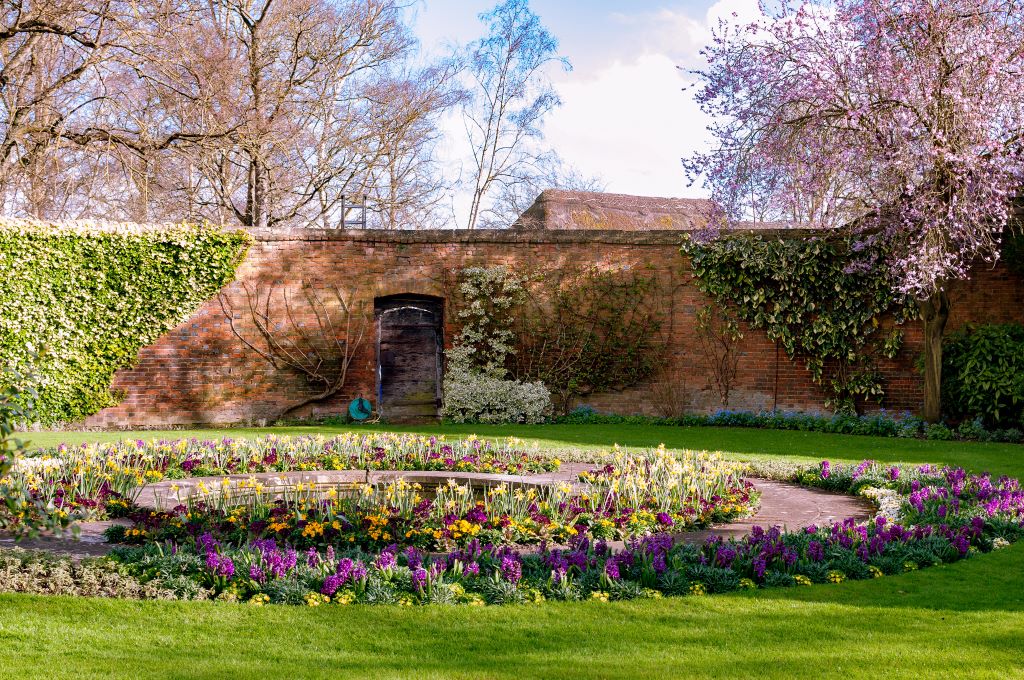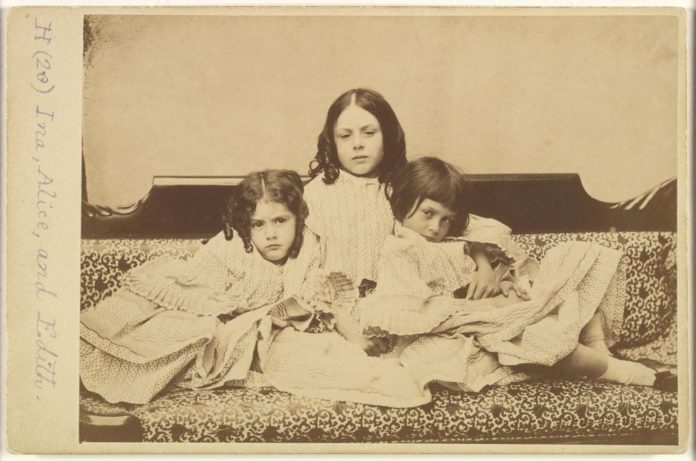The curious tale of the girl who inspired one of the world’s most famous children’s books
Were it not for Alice Pleasance Liddell, we might never have known of the madcap world of Wonderland, where White Rabbits wear waistcoats, Mad Hatters host tea parties and playing-card-Queens play croquet. Lewis Carroll’s dreamland has fired the imaginations of generations of British children, along with everyone from The Beatles to The Royal Ballet, as a new exhibition at London’s V&A is set to explore.But comparatively little fame is enjoyed by the real girl who inspired it all, and without whom one of the world’s best-loved stories might never have made it onto paper,
let alone into print.
Alice, the tiny, dark-haired daughter of the Dean of Christ Church College, Oxford, first met Carroll, whose real name was Charles Dodgson, in April 1856 when she was almost four. He had come to photograph the Cathedral from inside the deanery garden, where he encountered Alice with her sisters, Lorina and Edith. The pair became “excellent friends” and the 24-year-old mathematics lecturer was soon a regular visitor. Sometimes he made the girls subjects for his photography; other times he entertained them with games on the lawn or stories in the schoolroom.

Of course, one of his tales outlived all the others. It was on a boat trip in July 1862, as the sisters lazed on the banks of the Thames with Dodgson and his friend Robinson Duckworth, that he enthralled them with his account of a girl called Alice, who fell down a rabbit-hole into a world where animals talk in riddles. Perhaps because its heroine was her fictional alter-ego, the real Alice badgered him again and again to write this one down.
It took Dodgson more than two years to turn the hastily improvised story into a manuscript book, complete with his own lovingly drawn illustrations. Their shared world shone through on every page. All of the original pilgrims to Wonderland are there: Lorina and Edith as the sulky Lory and the Eaglet; Duckworth, obviously, the Duck; and Dodgson himself as the Dodo. The Liddell’s kitten Dinah makes an appearance as herself, while the Red Queen was inspired by the girls’ governess, Mary Prickett, and the White Rabbit by their father, who was always running late.

Even the deanery garden where they had shared such happy times was woven into the story: the secret door that entices Alice to drink her first shrinking potion was
a mirror of the wooden door through which the Liddell sisters were forbidden to venture.
With its blend of nonsense and logic, it was completely unlike any children’s story that had gone before. Dodgson was persuaded to publish it under his pseudonym and it was an instant hit. But few readers knew that a real girl had inspired it all. So, as her 10-year-old self grew bigger and bigger in the world of literature, Alice Liddell just grew up, and in relative obscurity.






 © 2024
© 2024